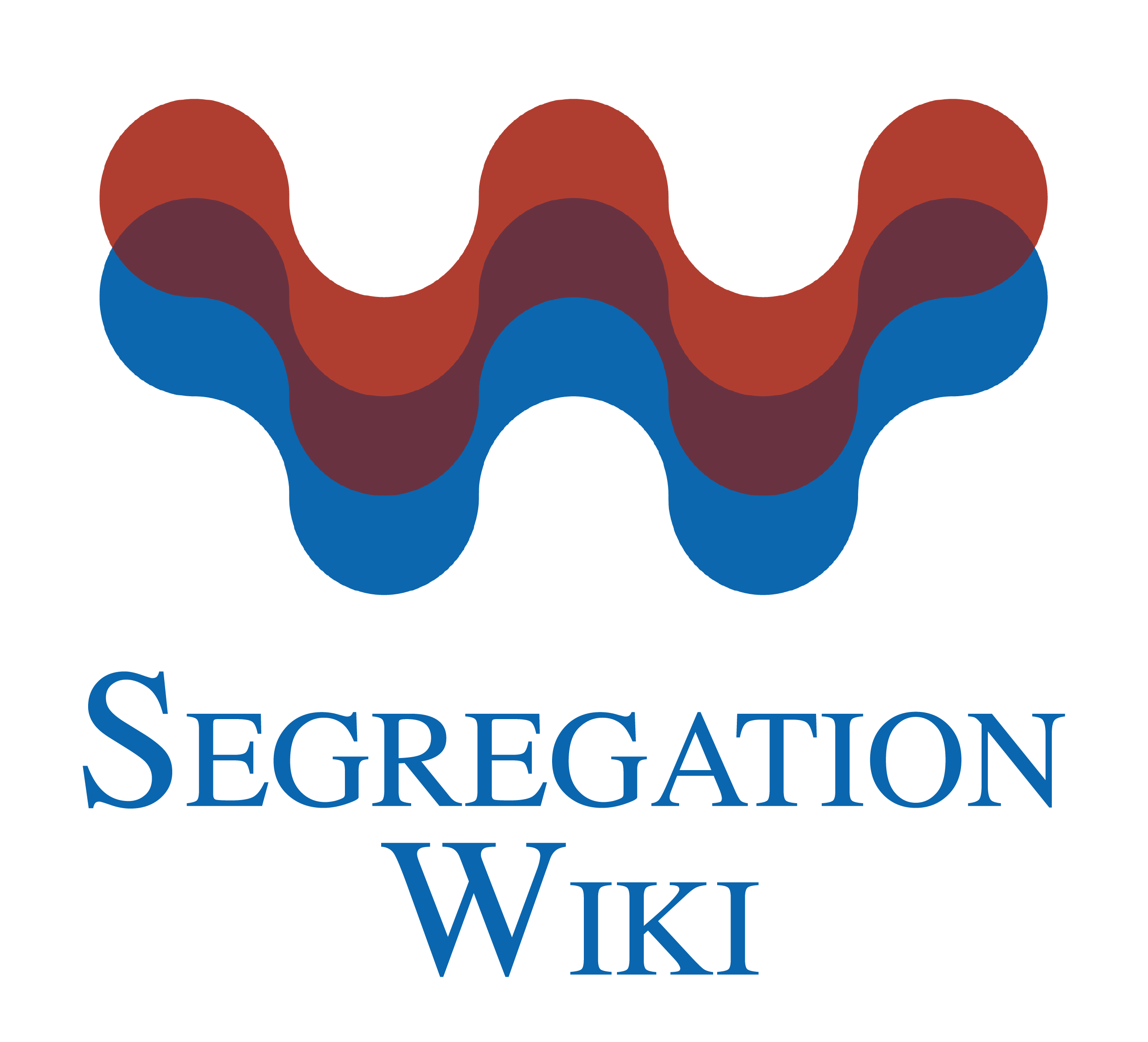Residential age segregation: Difference between revisions
(Creating page) |
(Creating page) |
||
| Line 1: | Line 1: | ||
====== Date and country of first publication<ref>Date and country of first publication as informed by the Scopus database (December 2023).</ref>====== | ====== Date and country of first publication<ref>Date and country of first publication as informed by the Scopus database (December 2023).</ref>====== | ||
1980<br> | 1980<br> | ||
United | United States | ||
====== Definition ====== | ====== Definition ====== | ||
{{NoteAI}} | {{NoteAI}} | ||
Revision as of 17:55, 8 April 2024
Date and country of first publication[1]
1980
United States
Definition
At its current state, this definition has been generated by a Large Language Model (LLM) so far without review by an independent researcher or a member of the curating team of segregation experts that keep the Segregation Wiki online. While we strive for accuracy, we cannot guarantee its reliability, completeness and timeliness. Please use this content with caution and verify information as needed. Also, feel free to improve on the definition as you see fit, including the use of references and other informational resources. We value your input in enhancing the quality and accuracy of the definitions of segregation forms collectively offered in the Segregation Wiki ©.
Residential age segregation refers to the separation of different age groups within residential communities or neighborhoods. This can occur through intentional housing policies or naturally based on the preferences and resources of different age groups.
In many cases, residential age segregation is observed between older adults and younger adults or families with children. Older adults may choose to live in senior living communities or retirement communities, which are designed to cater to their unique needs and preferences. These communities often offer amenities and services focused on health, socialization, and access to healthcare.
On the other hand, younger adults or families with children may opt for neighborhoods that provide proximity to schools, parks, and other amenities that are beneficial to raising children. These areas may have a higher concentration of families with children and tend to have a different atmosphere compared to areas predominantly occupied by older adults.
Residential age segregation can have both positive and negative effects. On one hand, it can create a sense of community and support system for individuals within their respective age groups. Older adults may benefit from living in communities specifically tailored to their needs, which can promote social connections, companionship, and access to appropriate healthcare services. Similarly, families with children may find living in neighborhoods with other families helpful for childcare, playdates, and forming support networks.
On the other hand, age segregation can also lead to social isolation and limited intergenerational interaction. When age groups are separated, opportunities for cross-generational relationships and mutual support may be reduced. This can result in a lack of understanding and empathy between different age groups, perpetuating age-related stereotypes and biases.
Promoting age-integrated communities and encouraging intergenerational interactions can help counteract these negative effects of residential age segregation. Initiatives such as mixed-age housing developments or programs that facilitate interactions between different age groups can foster a sense of community and enhance social cohesion.
See also
References
Notes
- ↑ Date and country of first publication as informed by the Scopus database (December 2023).
Further reading
Lagory M.; Ward R.; Juravich T. (1980) "The Age Segregation Process: Explanation for American Cities", Urban Affairs Review, 16(1), pp. 59-80. . DOI: [htttp://doi.org/10.1177/107808748001600104 10.1177/107808748001600104]
OKRAKU I.O. (1987) "Age residential segregation in Canadian cities", Canadian Review of Sociology/Revue canadienne de sociologie, 24(3), pp. 431-452. . DOI: [htttp://doi.org/10.1111/j.1755-618X.1987.tb01105.x 10.1111/j.1755-618X.1987.tb01105.x]
Sabater A.; Graham E.; Finney N. (2017) "The spatialities of ageing: Evidencing increasing spatial polarisation between older and younger adults in England and Wales", Demographic Research, 36(1), pp. 731-744. Max Planck Institute for Demographic Research. DOI: [htttp://doi.org/10.4054/DemRes.2017.36.25 10.4054/DemRes.2017.36.25]
Deng G.; Mao L. (2018) "Spatially explicit age segregation index and self rated health of older adults in US cities", Canadian Historical Review, 7(9), pp. -. University of Toronto Press. DOI: [htttp://doi.org/10.3390/ijgi7090351 10.3390/ijgi7090351]
Deng G.; Mao L. (2018) "Spatially explicit age segregation index and self rated health of older adults in US cities", ISPRS International Journal of Geo-Information, 7(9), pp. -. MDPI AG. DOI: [htttp://doi.org/10.3390/ijgi7090351 10.3390/ijgi7090351]
Sabater A.; Finney N. (2022) "Age segregation and housing unaffordability: Generational divides in housing opportunities and spatial polarisation in England and Wales", Urban Studies, -. SAGE Publications Ltd. DOI: [htttp://doi.org/10.1177/00420980221121088 10.1177/00420980221121088]
Lau M.H.M. (2023) "Residential Age Segregation: Evidence from a Rapidly Ageing Asian City", Journal of Population Ageing, -. Springer Science and Business Media B.V.. DOI: [htttp://doi.org/10.1007/s12062-023-09416-7 10.1007/s12062-023-09416-7]
